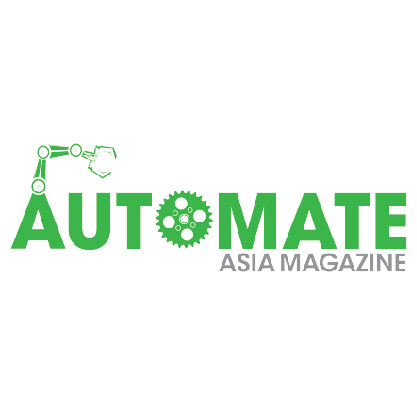Companies Turn to Wearable IoT Technology to Safeguard Workers
- Automate Asia Magazine

- Oct 14, 2020
- 3 min read
Wearable technologies provide companies with an easy way to ensure social distancing, prevent group clustering, and provide contact tracing as employees return to the workplace. New technologies are flexible enough to work in the factory, office, or in the field.

Keeping employees safe is a top concern for businesses as essential workers head to work and as restrictions lift, allowing more workplaces to open. Some companies are providing personal protective equipment technologies to make it easier for employers to protect workers.
One option includes wearable technologies with IoT sensors. These devices notify employees when they are not maintaining the CDC’s recommended 6-foot social distancing guidelines and provide contact-tracing information in the event an employee is diagnosed with COVID-19. Maintaining privacy has been an issue, but new devices are alleviating those concerns.
Watch Your Space
As Ford Motor Company employees arrive at the Troy Design and Manufacturing plant in Plymouth, MI, their temperatures are checked, and they don face masks and face shields. Now, some of them will also strap on a smartwatch before entering the manufacturing floor.
Ford is testing smartwatch devices to monitor social distancing in the manufacturing facility. The watches are made by Samsung Electronics and incorporate technology from Austin, TX-based Radiant. The devices use Bluetooth short-wave and low-power technology to determine how close the watchband is to other employees with watchbands. Users are notified in near real-time when they are not maintaining the proper distance: the watch buzzes and a color-coded warning appears on the watch face.
Supervisors receive alerts and reports that identify social distancing practices and employee clustering. The information can help ensure employee safety and can also identify workflow or training issues.
The Samsung devices also provide contact tracing within the plant, making it easier to identify who is at risk of exposure in case of a positive COVID-19 diagnosis. The pilot program involves 12 volunteers at the Troy facility. According to Bloomberg reports, Ford plans to distribute the watchbands to employees in other manufacturing plants when they reopen.
Anonymous Proximity Monitoring
An alternative solution is coming from EmbedTek, based in Waukesha, WI. EmbedTek is developing PariRange, a peer-to-peer social distancing and contact tracking device. The small, waterproof device can be put in a pocket or on a lanyard, but an embedded design can also be integrated into wristbands, ID badges, hardhats, face shields, and other work accessories.
PariRange uses time-of-flight technology, not Bluetooth, to determine the distance between devices, and the company claims the devices are accurate to within inches. Because PariRange does not require Wi-Fi or cellular networks, it can be deployed outside of buildings, making it well-suited to farming, food processing, agricultural, and construction environments.

Each tag is assigned an ID number and is not attached to an employee’s name, thus preserving worker privacy. It also doesn’t track an employee’s location; rather it identifies when it comes in contact with another device in the set distance range. If two users breach the predetermined distance, the device sends a notification to the wearers and logs those interactions. Contact tracing is available as well, so companies know which devices have been in close proximity over the past 7 to 14 days. All data stays on the device and can be accessed when needed.
Managers can access the data from each PariRange using the Log Reader device, which pulls the information from each PariRange device using ultrawideband connectivity. The Log Reader downloads the collected data to a laptop via a standard USB connection.
Real-time monitoring can be enabled with the proper infrastructure or data can be downloaded at a specific time, such as at the end of a shift or workday. In cases where the PariRange is integrated into protective gear, such as a face shield, additional sensors can be added to monitor temperature and detect coughing. EmbedTek has submitted a provisional patent and will begin production later this year.
According to EmbedTek, PariRange was developed because companies wanted a way to protect their employees from infection while still enabling them to operate. As more businesses open, that need will only increase along with the market for wearable devices.
Source: wwaw.theiotintegrator.com





-01.jpg)


